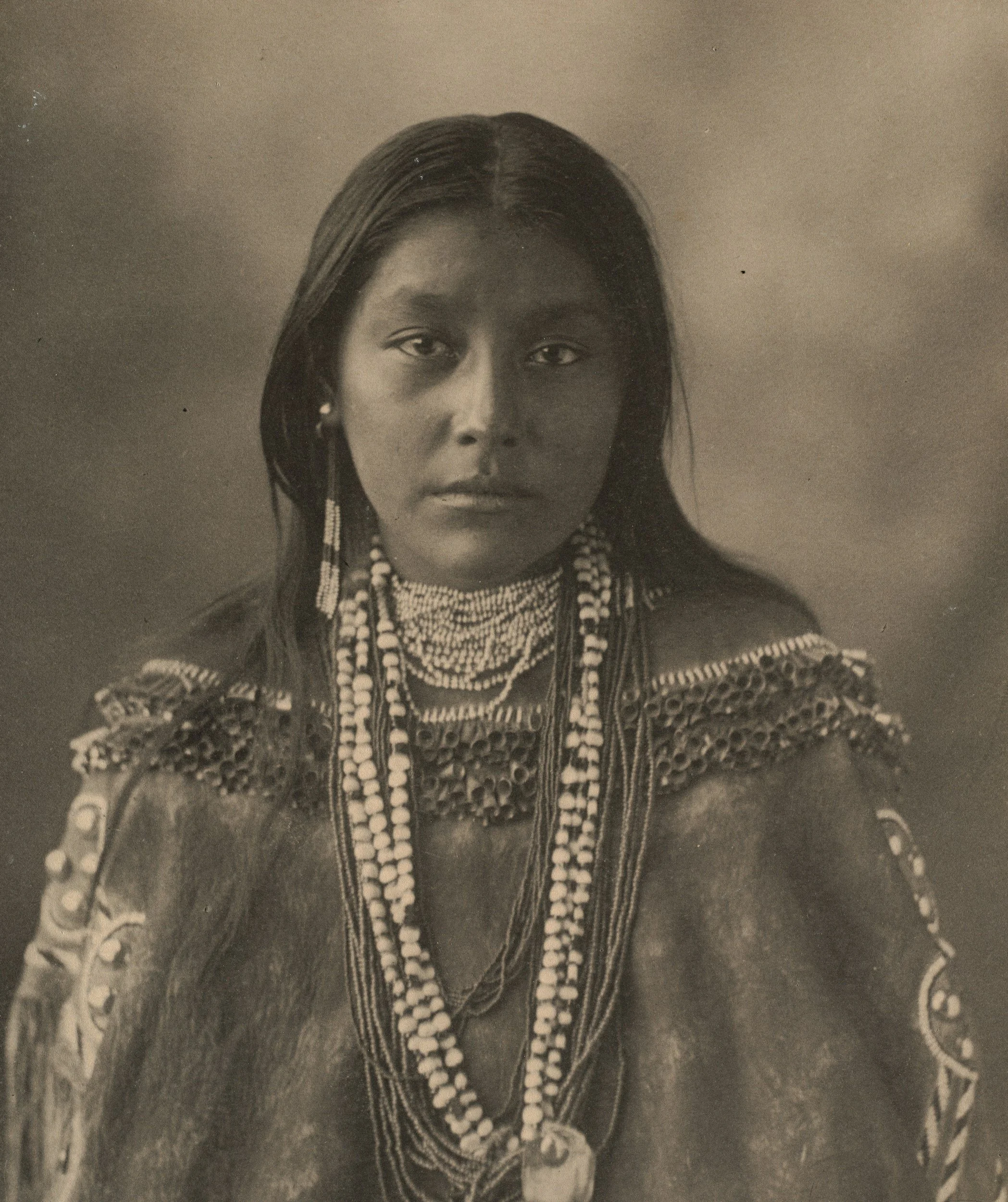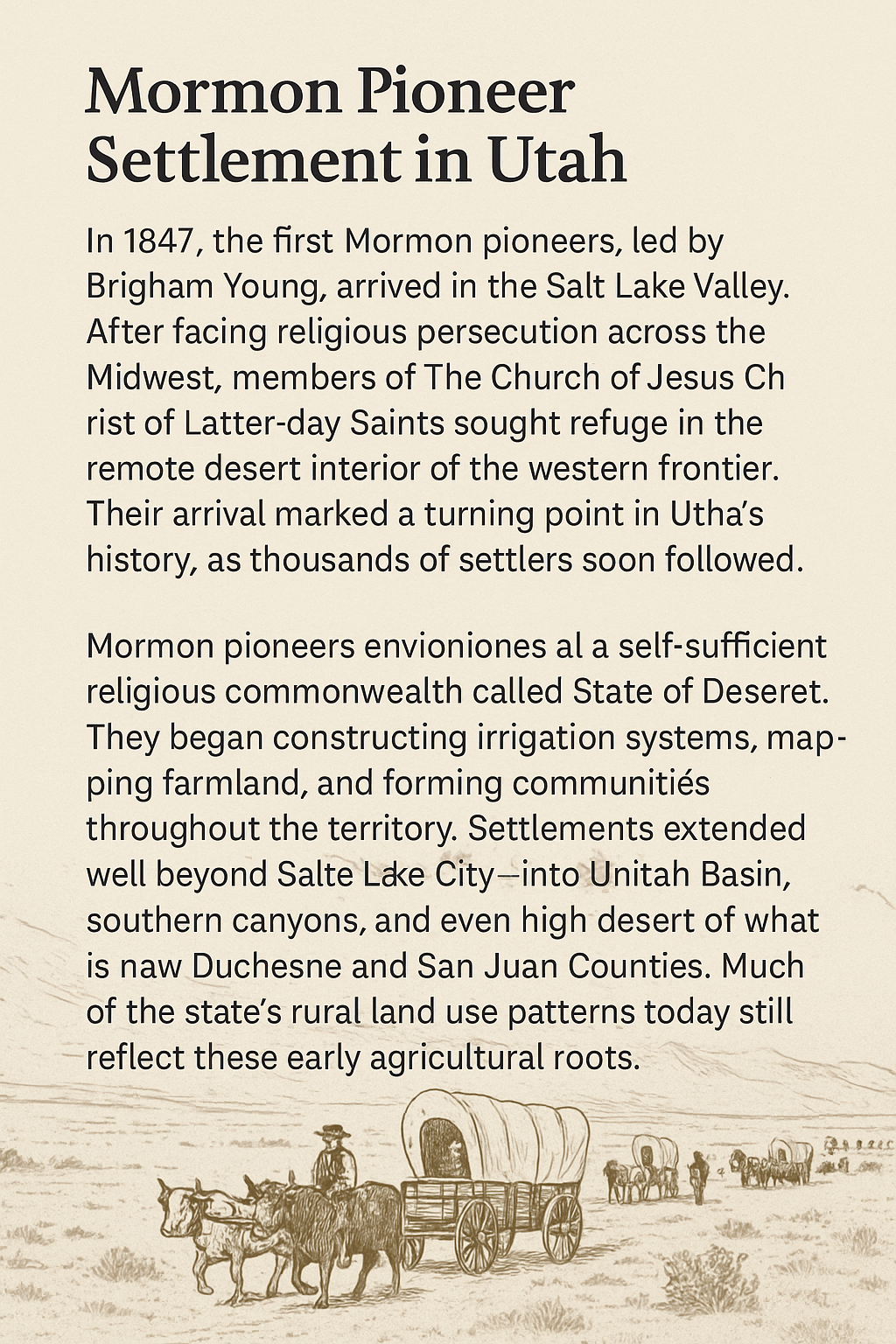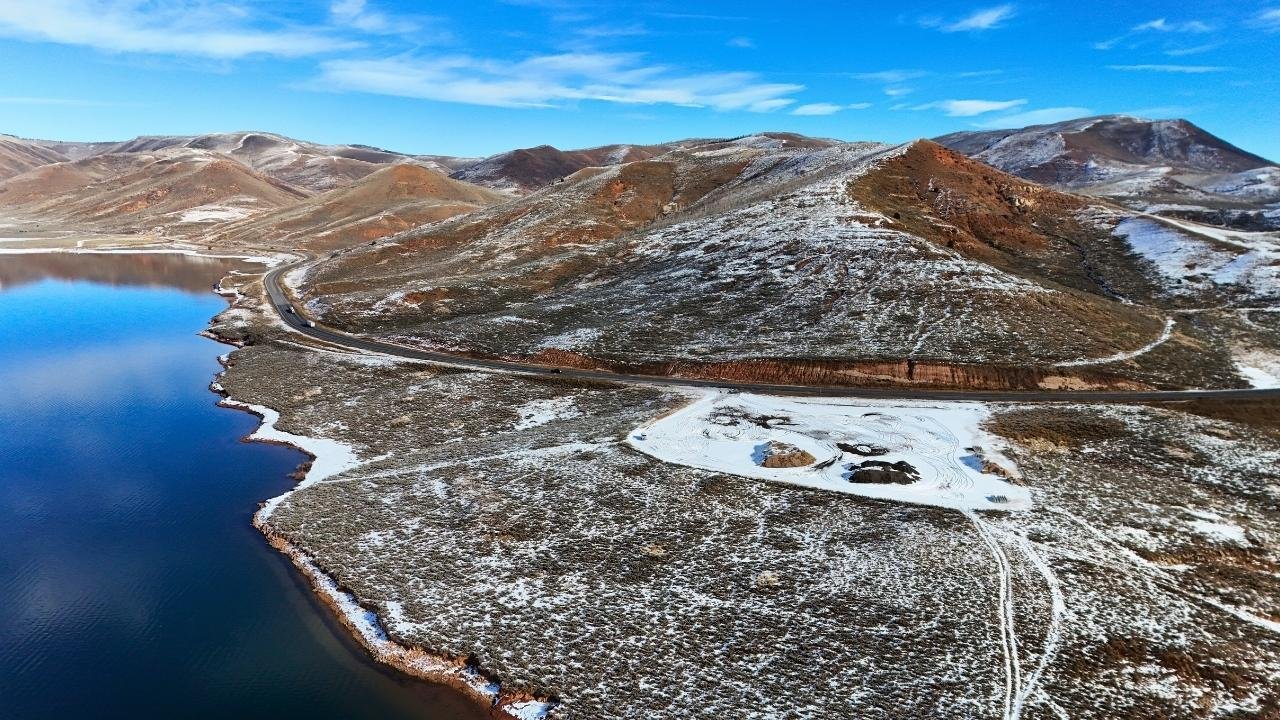
The History of Utah
Utah has a unique origin story shaped by pioneers, indigenous cultures, and vast western landscapes. Understanding how Utah came to be helps explain the state’s values today—independence, resourcefulness, and a deep respect for land. Whether you're interested in history, relocating, or buying property in Utah, here’s a quick look at how this rugged state was born.
Utah Before Becoming a State
Long before state lines were drawn, Utah was home to diverse Indigenous peoples who lived in harmony with the landscape. The Ute, Paiute, Goshute, Shoshone, and Navajo all had a presence across different regions, from high alpine valleys to desert plateaus. These tribes hunted, farmed, and traded across what is now Utah, developing deep knowledge of the land that supported them.
In the 1700s, the first European contact came through Spanish expeditions, who passed through southern Utah on exploratory routes. They left little permanent influence, but their presence opened the door for future fur trappers and settlers from the East.
By the early 1800s, American trappers and mountain men—many working for companies like the Hudson’s Bay Company—were traveling across Utah’s rivers and mountain passes in search of beaver pelts and trade routes. These early explorations helped chart paths through remote areas that would later become settlement routes.
2. The Mormon Pioneer Era
In 1847, the first Mormon pioneers, led by Brigham Young, arrived in the Salt Lake Valley. After facing religious persecution across the Midwest, members of The Church of Jesus Christ of Latter-day Saints sought refuge in the remote desert interior of the western frontier. Their arrival marked a turning point in Utah’s history, as thousands of settlers soon followed.
The Mormon pioneers envisioned a self-sufficient religious commonwealth called the State of Deseret. They began constructing irrigation systems, mapping farmland, and forming communities throughout the territory.
Settlements extended well beyond Salt Lake City—into the Uintah Basin, southern canyons, and even the high desert of what is now Duchesne and San Juan Counties. Much of the state’s rural land use patterns today still reflect these early agricultural roots.
Territory to Statehood
Although Utah was designated a U.S. territory in 1850, it faced a lengthy and politically complicated road to statehood. National tensions over religion, polygamy, and western expansion delayed Utah’s admission to the Union for nearly 50 years. The federal government clashed with Mormon leadership over control of the territory, leading to multiple legal and social battles throughout the late 1800s.
It wasn’t until 1896—after Utah renounced polygamy and aligned with federal law—that the territory became the 45th state in the U.S. Union. Utah’s statehood marked the formal integration of the region into the broader fabric of the country, but the legacy of its early settlers remained strong.
The values of independence, hard work, and land stewardship continued to shape Utah’s development throughout the 20th century.
Modern Utah: Open Land, Outdoor Access, and Rural Living
Today, Utah strikes a balance between growing metropolitan areas and vast, open rural land. While Salt Lake City and other Wasatch Front cities have seen population booms, much of Utah remains underdeveloped—especially in eastern counties like Duchesne, Uintah, and Carbon. These rural areas offer open space, fewer regulations, and affordable land ownership opportunities for those looking to build a cabin, start a homestead, or simply get off the grid.
Utah’s public land access is also a major draw. With five national parks, dozens of state parks, and millions of acres of BLM land, residents enjoy year-round outdoor recreation—without the cost or crowds of other western states. Many of our buyers are drawn to Utah for this very reason: they want land they can actually use, at a price that fits their budget.
Why Utah’s History Still Shapes Its Future
The story of how Utah came to be isn’t just about the past—it still affects what it means to live or invest here today. The state’s history of strong community, private land ownership, and self-reliance continues to attract those looking for something different from suburban sprawl or over-regulated metros. Utah offers:
A culture of land use freedom with minimal zoning
Affordable property with long-term value
A lower cost of living and property taxes
Space to live, work, or recreate on your own terms
These factors are rooted in Utah’s early development and remain visible today, especially in the areas where we offer 5- to 10-acre lots for sale.





